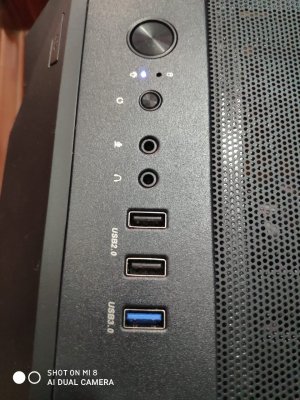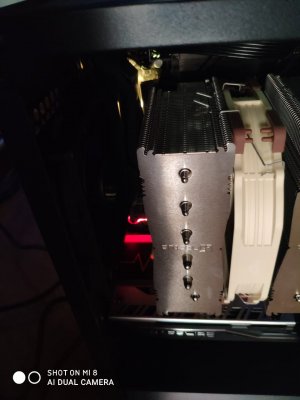Greetings to all here.
Since in this configuration (created by an expert) there is my own video card, I allow myself to ask a few questions
@pastrychef, hoping that you have the patience and time to take a look at it.
I come straight to the point: until now I have always used the family of kext related to FakeSMC and for VII I used the GPUsensor.kext and everything worked perfectly.
I've tried switching to VirtualSMC, but I'm having a lot of problems and can't find a way to display GPU temperature.
The passage I did it like this (in the Clover EFI):
1) removed FakeSMC & Co. and copied the VirtualSMC kext plus the two plugins SMCprocessor and SMCsuperIO in the other folder of Clover.
2) removed SMChelper.efi and copied VirtualSmc.efi to drivers/UEFI folder.
3) restarted the computer.
Do I have to intervene in some way also on Config.plist?
Is there anything missing/wrong in the steps I made? If yes, can I know how?
For the Radeon VII, how do you get the temperature?
Which program is recommended for monitoring all computer parameters (among the many available); which also allows you to create a curve for the CPU and Case fans?
I seem to have understood that for Open Core (necessary to go beyond Catalina) VirtualSMC is to be preferred, so I would like to start to understand something, since everything has gone well so far, I have never updated and I have used FakeSMC & Co. from the first installation.
I tried to do a search, but I could not find anything that related VirtualSMC and the temperatures of the Radeon VII so I just had to try to ask (probably something is there, but it is I who have not been able to find

).
A greeting and thanks.



